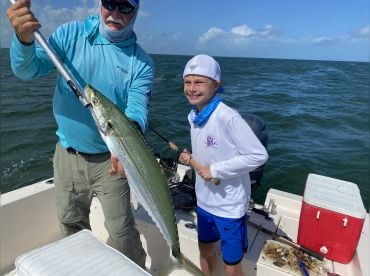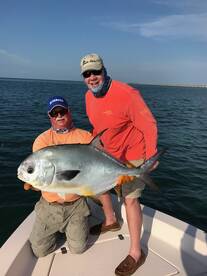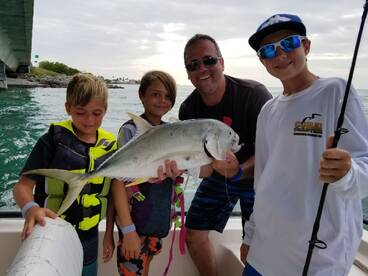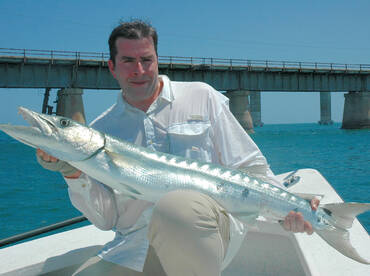November & December Fishing Notes
November 01, 2016
Marathon
1 photo
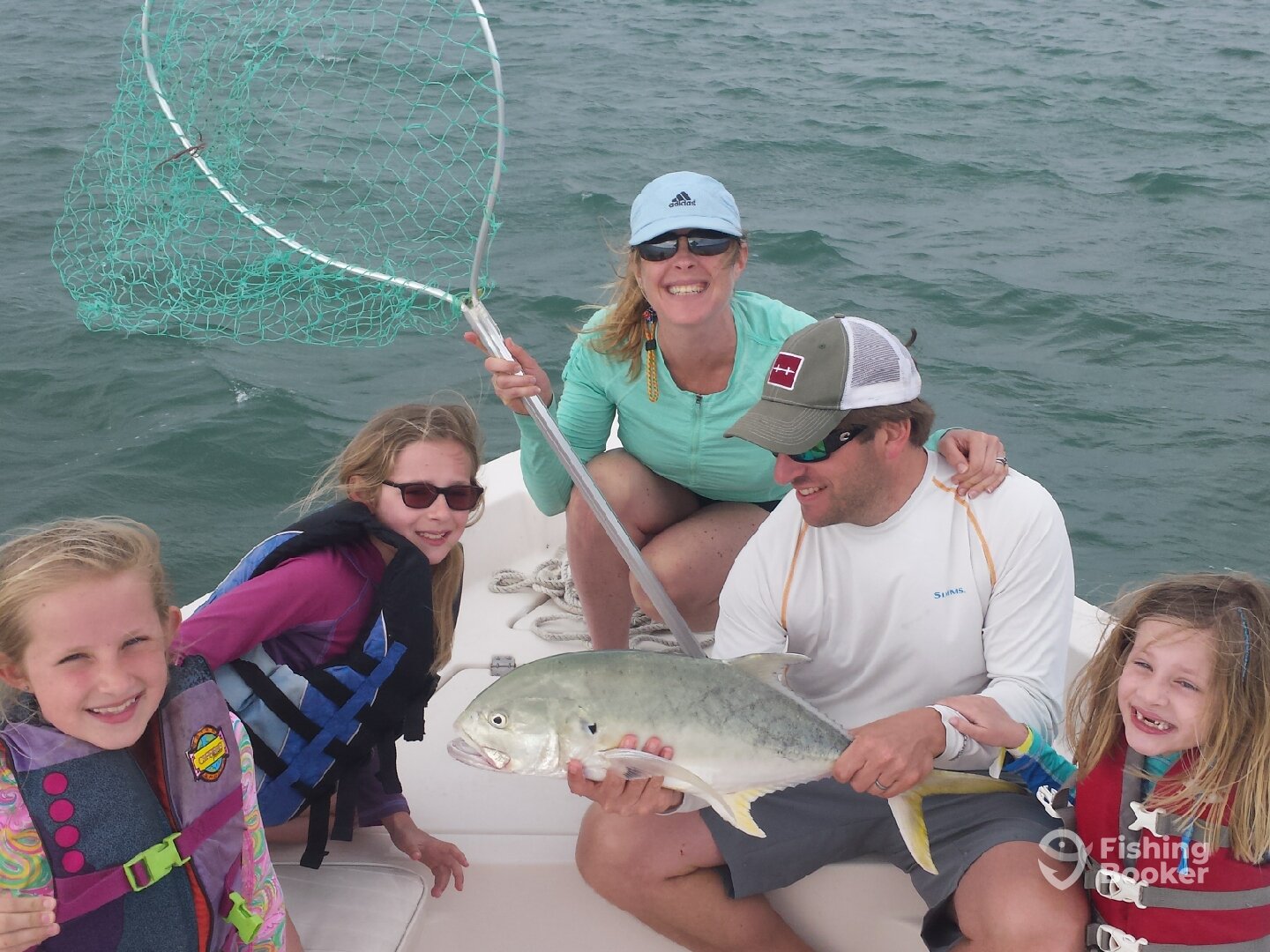
Trip Summary
Trip Summary
Perhaps the biggest question knowledgeable backcountry anglers are faced with during the months of November and December involves the frequency and severity of the cold fronts pushing down from the north. Some years, the fronts stall in the northern or central part of Florida, and it seems like October lasts in the Keys until mid January. Needless to say, backcountry fishing (especially flats fishing), is nothing short of spectacular during weather like this. Yet other years produce early back to back cold fronts in November, bringing blustery winds and plummeting air and (more importantly) water temperatures. The wise angler learns to be both flexible and opportunistic, willing to adjust his tactics to fit the existing conditions.
Do not think for a moment that stalking tailing bonefish and permit during the peaceful stillness of a calm Florida Keys’ morning is a thing of the past… it’s just that these days will not be as common as in the late Spring or early Fall. More likely, you’ll have to put up with a breeze, often as much as 15 to 20 mph. No problem! Knowledgeable guides simply shift from the “recon mission” (poling and casting) to the ambush mode (staking out and chumming with diced shrimp). Both bonefish and permit can be easily drawn within casting range for those willing to invest a little time in a “stakeout”… even fly fishermen can score on windy days when the fish are invited to the boat in this manner.
Flats fishing is also good up in Everglades National Park at this time, and the Park is a great choice when looking for a place to hide from the wind. Look for good redfish action up on the flats, and snook will continue to please anglers fishing the mouths of creeks and larger passes. But perhaps the most welcome addition to the Park scene though, will be the dependable action on seatrout from now through the Spring. Trout are definitely one of those “angler friendly” species, able to quickly restore a fisherman’s ego after he’s blown a few casts to redfish or snook. A quarter ounce white bucktail or grubtail jig tipped with a piece of shrimp or a small strip of pinfish or mullet is a sure producer. If the water is exceptionally cloudy (such as when you’re drifting through a large mullet mud), it’s not a bad idea to stick a popping cork about 2 or 3 feet ahead of the bait…the chugging sound the cork makes when you jig and wind makes your offering much easier for a hungry trout to find under these conditions.
For those anglers who are into “just plain fishin”, anchoring and chumming in the relatively protected confines of Florida Bay is just the ticket. Typical November weather really stokes the mangroves snapper and grouper action. And don’t be surprised if a cobia shows up in your chum line; wise anglers will keep an extra rod (already rigged with a live pinfish or grunt) on standby for such an occasion. Cobia fishing gets even better further out; just be sure to pick a nice day because many of the better wrecks are located 15 to 40 miles out into the Gulf.
One final thought…now that the hoopla over the opening of snook season has worn off, and the lobstering activity around the bridges has pretty much petered out, it’s time to get serious about night snook fishing at many of the Keys’ bridges. To consistently catch snook, it’s important to present your lure or live bait in such a way that it is swept back toward the bridge with the current during the retrieve…just casting straight back toward the bridge and retrieving against the current usually is not going to cut it with these wary fish. And yes, you’re going to hook plenty of tarpon with this method as well. Some of them may be up in the 60 to 80 pound range, and will be a real rush on a snook outfit. Enjoy those “silver kings” while they’re here, because once the water gets a good chill to it, tarpon fishing at the bridges will slow down considerably until March.

